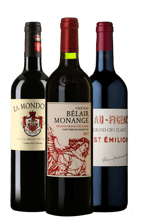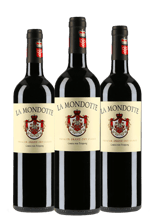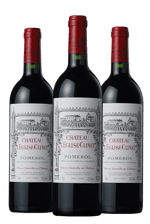Showing 42 products
Page 1 of 2
Showing 42 products
Page 1 of 2
96
JD
95
JA
95
DE
$235.00
Price reduced from
$275.00
to
96
JD
95
JA
95
DE
$235.00
Price reduced from
$275.00
to
100
WE
99
JS
97
AG
$1,500.00
95
JS
95
DE
93
AG
$179.00
93
JA
91
AG
$70.00
Price reduced from
$80.00
to
98
JD
98
JS
97
AG
$1,450.00
Price reduced from
$1,760.00
to
98
JD
98
JS
97
AG
$1,450.00
Price reduced from
$1,760.00
to
94
TS
93
MB
92
HH
$87.00
94
TS
93
MB
92
HH
$87.00
100
JD
99
JS
99
JD
$1,990.00
100
JD
99
JS
99
JD
$1,990.00
100
JA
100
JS
100
NM
$11,999.00
99
AG
98
JS
98
AG
$1,770.00
98
DE
98
LPB
98
JS
$875.00
Price reduced from
$950.00
to
98
DE
98
LPB
98
JS
$875.00
Price reduced from
$950.00
to
98
JD
97
AC
96
AG
$415.00
$225.00
Price reduced from
$245.00
to























